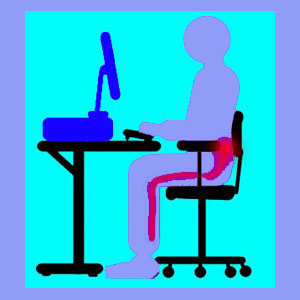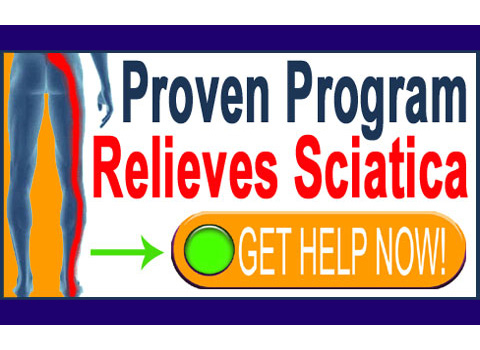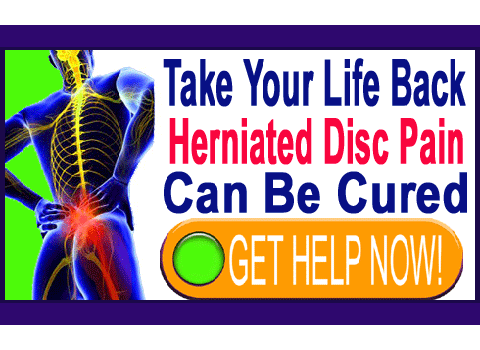
Sciatica in teens and adolescents is more common than most people would expect. I was first diagnosed with various problematic spinal conditions at the age of 16, which led me on a long journey of back pain misery. I surely know a bit about what it is like to suffer multiple occurrences of acute sciatica pain as a teenager. Chronic or recurrent pain in teenagers may prevent young people from taking part in many activities which are so much a part of life at this age. Worse still is the reluctance of many doctors to take teenage pain seriously, since the victims are often said to be too young to be suffering these types of chronic concerns. Yeah, doc that’s great, but it does not change the fact that they are suffering.
This article will explore the incidence of sciatic nerve expressions in teenagers and young people.
Causes of Sciatica in Teens
Usually the suspected or diagnosed reason for chronic sciatica pain is linked to some form of injury which was sustained to the lower back, buttocks or legs. In some cases, these diagnostic theories turn out to be correct and the teen patients may have success with appropriate treatment modalities. In other cases, there is no particular injury noted, but diagnostic imaging discovers a potentially causative spinal issue, such as a herniated disc in the lumbar or lumbosacral spine. This was what happened in my own situation.
For yet other teens, no structural issues are discovered, yet the pain is constant and severe. Oxygen deprivation is a logical explanation for many of these events, yet most doctors do not consider this possibility, since they are not trained to recognize, diagnose or treat mindbody concerns.
Of course, ischemia may be anatomically-induced for some patients, as well, but most chronic cases without obvious structural impairment are psychogenic in nature. In fact, many doctors theorize that growing pains are actually minor youthful expressions of the same psychologically-motivated symptomatic imperative demonstrated by many adults.
Sciatica can be caused by purely structural issues which may be age-related, such as scoliosis. Abnormal curvatures in the spine can impinge on nerve roots, possibly enacting the types of symptoms seen in most sciatica conditions.
Sciatica Treatment in Teens
If the teen has a verifiable spinal issue which is actually causing a pinched nerve or spinal stenosis concern, or suffers from severe abnormal spinal curvature, there may be the need for medical treatment. Luckily, doctors hate to use invasive therapy options on young people, except in the most dire circumstances, so few teens will have to undergo the horrors of back surgery. However, many teens may be placed into long-term care using various conservative treatment methods, with chiropractic, physical therapy or pharmaceutical treatment being most common.
If no structural issue is found, the same treatments are likely to be administered, which is illogical, but par for the course in the often misguided sciatica treatment sector. It is yet another example of: “Do something and maybe the pain will go away”.
Suggestions for Managing Sciatica in Teens
My diagnosis included scoliosis, which turned out to be incorrect, and degenerative disc disease at age 16. These conditions took the blame for my pain for several years, until 2 herniated discs were discovered at L4/L5 and L5/S1 in my early twenties. Looking back, I realize the incredible naiveté of buying into the diagnosis I was given, but I know much more now than I did then. I merely trusted my chiropractor and paid him handsomely for taking advantage of my lack of understanding for many years.
Do not be shocked if minor to moderate spinal abnormalities exist in a teenager. They are common and widespread even in youngsters. They are also rarely to blame for pain.
Do not repeat my mistake. Learn the facts about sciatica before giving up years of your life to ridiculous treatment when a cure may be easy to enact with the right guidance.
Most of all, be sure to support teens emotionally when they complain about pain. This is crucial to developing proper dialog about the nature of their symptoms and helping them to overcome any insecurities or concerns they may have about seeking treatment.
Physical pain may turn out to be transitory, but the emotional scars of a traumatic pain experience this early in life may last forever.





